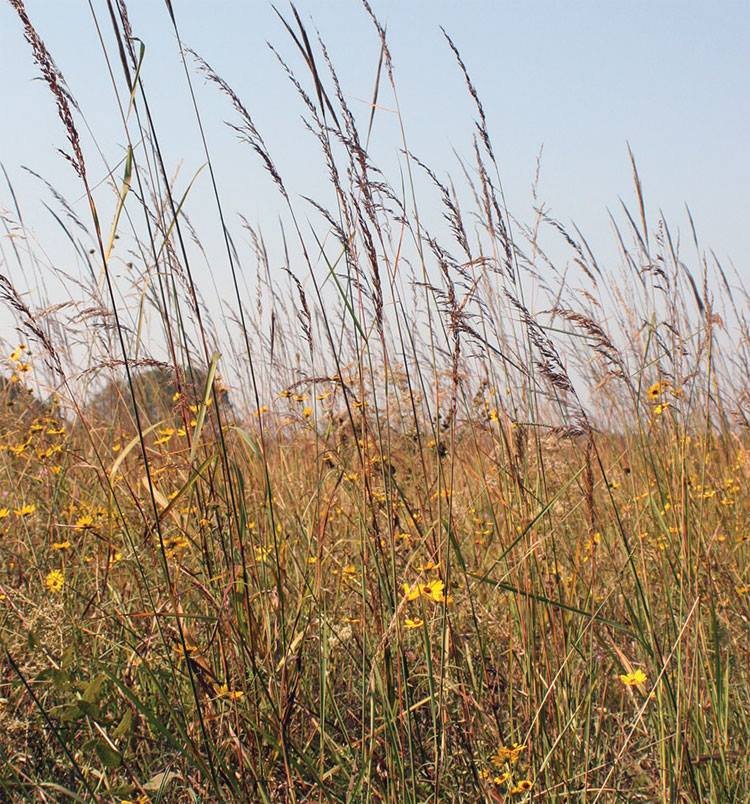THIS GUIDE IS UNDER CONSTRUCTION. MORE INFO COMING VERY SOON!
In 2016, our family (Brandon, Aurore, Victor & Lilith Ballengee) purchased heavily farmed land in rural Louisiana, which soon became Atelier de la Nature. On the Atelier land, we have worked to regenerate the ecosystems from soy fields into a nature reserve and eco-campus. By rebuilding topsoil and sculpting the lands with specialized native species that helped to break-down pesticide residue and deter erosion, we were able to plant over 1300 regionally native trees. In doing so, we were able to regrow a forest, create wetland habitats for declining amphibians and rare native fishes, create pollinator habitats from native hibiscus, swamp milkweed, and many more regional plants to aid declining butterflies, like the endangered Monarch, native bees, and others. We have also begun to farm without pesticides using permaculture, Creole, and other indigenous methods.
The Atelier de la Nature project has already yielded results in the ecological sense with many dozens of species of birds and mammals returning and breeding. Twenty-three species of amphibians and reptiles and countless insects currently occupy the property. During our residency, all of these creatures returned to what not long ago was monocultural farmland. Life will persist if we let it. Life will thrive if we give it a means to do so.
In the human communal sense, hundreds of youths and local residents have helped with the restoration of the twenty-five acres of land or have participated in our programs. We are also partnering with local businesses towards more sustainable practices regionally and throughout the state. We have begun inviting artists to realize ephemeral sculpture made from natural materials that biodegrade, and other forms of ecological artworks.
“Memory in the Life of a Cajun Prairie” is a living artwork that poses three questions. Is Cajun Prairie an effective means of sequestering carbon? As recent studies have shown prairie grasses work better than trees to sequester and store carbon in the soil. How do different types of disturbances affect biodiversity? There is a body of evidence that grazing and annual burning may change species interaction and diversity. Through this kind of collaborative art and science project, can we increase awareness? Can we inspire larger scale Cajun Prairie habitat restoration? “The Endangered Meadows of Europe” project by the Harrison Studio in 1994 raised awareness about the threatened habitats of Northern Germany and greater Western Europe. We hope to do something similar in this project.
“Memory in the Life of a Cajun Prairie” came about through discussions between Newton and Brandon, and our desire to work together on something at the Atelier de la Nature. Between 2017 and 2021, the soil for “Memory in the Life of a Cajun Prairie” began to be worked by rebuilding topsoil and removal of nonnative species. In February 2022, we seeded over a dozen native prairie plants and took soil samples to record pre-prairie carbon levels. Over the next nine years, the plots of “Memory in the Life of a Cajun Prairie” will be experimented with by reseeding, carrying out various disturbances to monitor species diversity, and recording the potential effectivity of carbon sequestering.
If our project works, we will develop an optimal means for restoring an endangered habitat, while creating a novel regional tool for fighting climate change in the heart of an oil and gas state.
Merci pour votre temps.
Atelier de la Nature — meaning “Nature’s workshop” in French — is a communal space, where we offer combined environmental education and sustainable food and art events open to all ages. Our community has a rich historic mix of Cajuns, Creoles and Native American populations as well as more recent Vietnamese and Spanish speaking immigrants. However almost 30 percent of children in our area live below the U.S. poverty rate. As such, our programming is without charge and has multilingual offerings including Cajun French, Kouri–Vini (an endangered local dialect of Louisiana Creole), French, Spanish, English, and we are starting new pilot programs to include Atakapa-Ishak (a local Native American language).
At the Atelier, environmental art pioneer Newton Harrison and Brandon along with Lafayette scientific collaborator Dr. Anna Paltseva — a Soil Scientist at the University of Louisiana —her students, and a flock of sheep have started a living artwork called “Memory in the Life of a Cajun Prairie”. Here we have planted 2.5 acres with native Louisiana prairie, a mixture of plant species called “Cajun Prairie”. This type of prairie is found nowhere else in the world. Historically our area was the southeastern most portion of the great prairies and was home to Bison, Elk, Red Wolves and other now extirpated species. In the 1800s, Louisiana had an estimated 2.5 million acres of prairie with an estimated 600-700 species of plants and animals. Today less than 150 acres of Cajun Prairie remains and is considered an endangered habitat.




